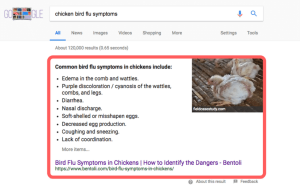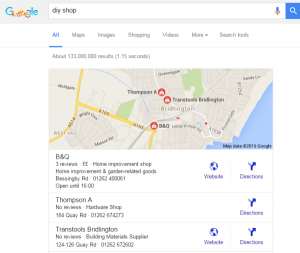Opportunity Zones are a new addition to the tax code added by the Tax Cuts and Jobs Act starting in 2018. There have been comparable programs in the past, though this one is particularly beneficial for taxpayers who decide to participate.
In the Tax Cuts and Jobs Act, two provisions were enacted to encourage investment and economic growth in certain low-income communities across all 50 states. The first provision is Sec. 1400Z-1, which enabled almost 9,000 low-income communities to be designated as “qualified opportunity zones” (QOZs).
The second provision, Sec. 1400Z-2, offers three federal income tax incentives to invest in a business located within one of these zones. These tax benefits include:
- The temporary deferral of capital gains, to the extent the gains are reinvested into a “qualified opportunity fund” (QOF);
- The partial exclusion of previously deferred gains when certain holding period requirements in a QOF are met
- The permanent exclusion of post-acquisition gains from the sale of an investment in a QOF held longer than 10 years.
What are Opportunity Zones?
An opportunity zone is defined as an economically-distressed community. Localities qualify as opportunity zones if they have been nominated for that designation by the state, followed by a certification from the Secretary of the U.S. Treasury via his delegation of authority to the Internal Revenue Service.
These low-income communities should have a poverty rate of at least 20 percent. Otherwise:
- If outside of a metropolitan area, have a median family income of 80 percent or less of the statewide median family income, or
- If inside a metro area, the community must have a median family income of 80 percent or less of the statewide median income or the metropolitan area median family income, or
- If in a high migration rural county, have a median family income of 85 percent or less of the statewide median family income.
A list of designated Opportunity Zones can be found here.
4 Things to Know Before Investing in Opportunity Zones
- Ordinary investors can get in on this, through funds – you don’t have to own the actual property to be able to invest and take advantage of the tax deferrals. One caveat: If the fund you invest in allows their ownership in opportunity zone properties to dip below 90 percent, there are penalties associated with that. However, fund managers should be aware of this requirement, so just make sure you choose a reputable fund manager.
- Any gain from the sale or exchange of an Opportunity Zone property can be excluded from gross income if it is reinvested in a qualified Opportunity Zone within 180 days of the original sale.
- For example, if a company owns a building they purchased for $ 800,000 in 1980 and the building has had $ 600,000 in depreciation expense over the years, the entity’s basis in the building is now $ 200,000. If the building is worth $ 1,100,000 now, and they sell it, they would have a taxable gain of $ 900,000. If they invest $ 850,000 in the qualified opportunity fund, they would pay tax in the current year on the $ 50,000 gain not invested; if they invest more than $ 900,000; they would pay no tax on the sale during the current year.
- If the qualifying property is held longer than 5 years, the potential gain – for tax purposes – would be reduced by up to 15%.
- If the property is held longer than 10 years, tax on any gain on its increase in value can be completely eliminated.
- For example, say there is a property with a gain of $ 1 million that you defer until 2026 – when 2026 comes, they do have to pay tax on that $ 1 million gain; but if they continue to hold the replacement property, and later (more than 10 years from purchase date) sell it for $ 1.5 million, there is an election that can be made to eliminate the additional $ 500,000 gain. No taxes are paid on that piece. And, no downside – if there happens to be a loss, and they sell that property for $ 600,000, they just don’t make the election, and recognize a $ 400,000 loss which offsets other income.
Business & Finance Articles on Business 2 Community
(15)





